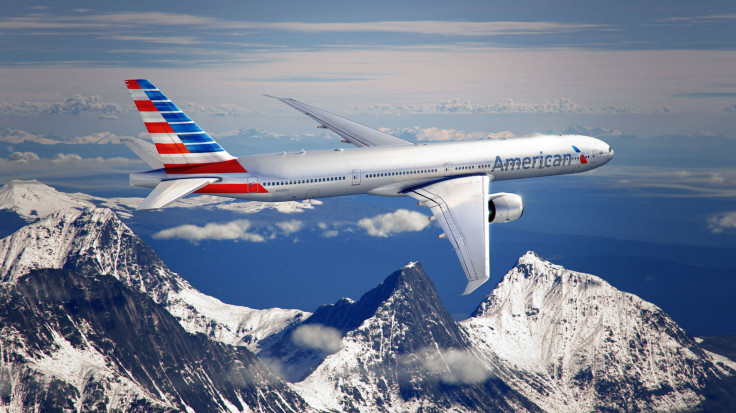What Does A Merger Between American Airlines, US Airways Mean For Passengers? (Hint: Not Cheaper Fares)

Don’t expect the merger between top U.S. carriers American Airlines, a subsidiary of AMR Corp. (OTCQB:AAMRQ), and US Airways Group Inc. (NYSE:LCC) to do much to lower your ticket prices even if the marriage results in lower operating costs. After all, you’re already paying historically low prices for domestic air travel.
The merger could be announced as early as next Tuesday following a scheduled American Airlines board meeting on Monday at the company’s headquarters in Fort Worth, Texas, to discuss the deal.
Mark Drusch, a former airline executive and a current supply relations officer for a New York City-based global travel company, said that the local CBS affiliate in Fort Worth announced that a deal appears ready to be announced, “but never say it’s a done deal til it’s done.”
American Airlines, the country’s fourth-largest carrier in terms of passenger traffic, filed for bankruptcy in November 2011 after a decade of losses. It reported a fourth-quarter gain of $262 million compared with a loss of $1.1 billion in the previous year. Overall, however, it still lost $1.9 billion in 2012, according to the company’s Securities and Exchange Commission Jan. 16 filing.
Meanwhile US Airways, the nation’s fifth-largest carrier, has been able to bounce back from the battering the sector took in the wake of the 2008-09 economic meltdown. The company, based in Tempe, Ariz., reported record annual profit of $637 million for the full year 2012, up from a measly $71 million the year before, according to its Jan. 23 SEC filing.
US Airways CEO Doug Parker will likely take control of the merged entity if the deal is successful, while the fate of American’s Chief Executive Tom Horton is uncertain, though he would likely remain on the company's board in some capacity.
A merger between a rebounding carrier and one still floundering in losses could be a proverbial win-win for both companies. American would gain access to US Airways' lucrative and well-covered route map on the Eastern Seaboard while both airlines would benefit from $1.2 billion in additional revenue and savings on merged hubs and operations, according to US Airways.
But, according to the Wall Street Journal, those savings aren’t going to be passed on to lower ticker prices, because the cost of U.S. domestic travel is already 16 percent lower than it was in 2000, when adjusted for inflation. On the bright side, consolidation and restructuring of two major U.S. carriers into one will expand route options and probably improve frequent flier incentives and customer service.
© Copyright IBTimes 2025. All rights reserved.






















